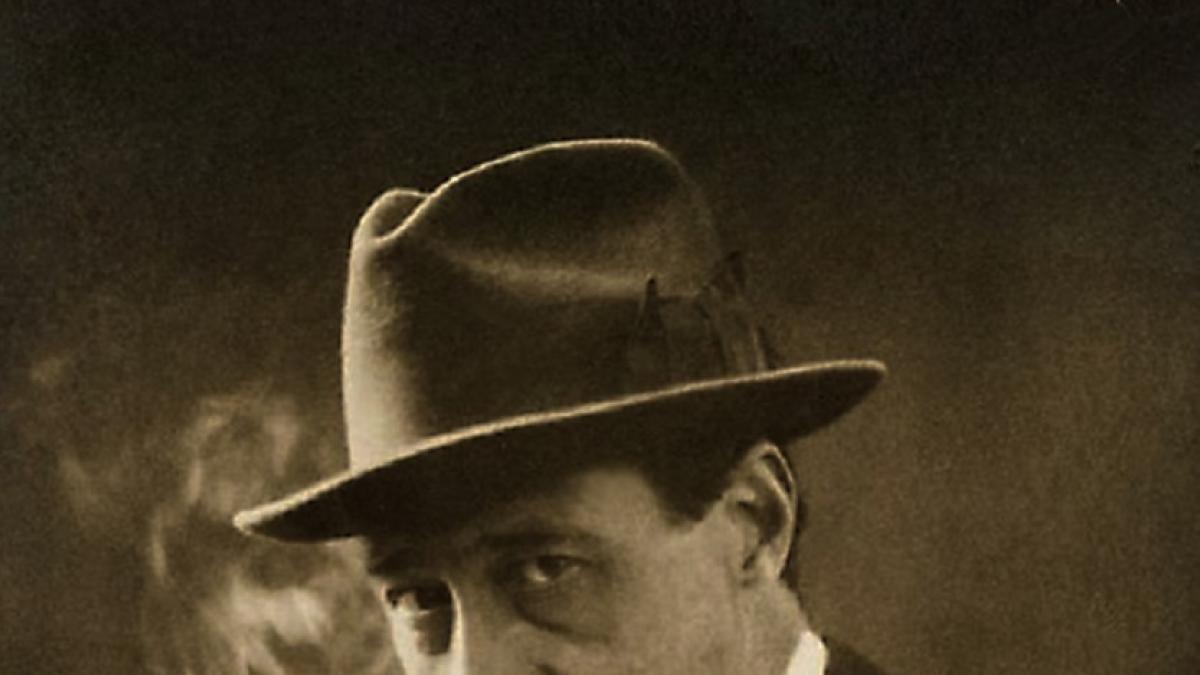At the end of the 19th century, in 1895, the Cinematograph was invented. The French Government granted the patent, on February 13, 1895, to the inventors of the apparatus for taking and projection of photographic images, the brothers Augusto and Luís Lumière.
Segundo de Chomón and the Gimeno, Tramullas and Coyne were the first to handle and manipulate their support, called celluloid, in those years of the late 19th and early 20th centuries, the same material that was used in photography, already invented in the year 1839 by Niepce and Daguerre.
In the last fifty years, due to the interest of film scholars, their stories have been discovered, since they were not clearly written.
Only the newspapers, with little news, let us know of the showing of their films in towns and cities. The reason was that the cinema was conceived as entertainment in barracks or fairgrounds, during the patron saint festivities.
The technology of the devices, both in its shooting or filming and in its exhibition, worked by crank and this entailed an imperfection, since its traction was manual.
Aragon, in the beginnings of cinema in Spain, gave good professional craftsmen and self-taught people for this new invention of “magic and fantasy.”
Most of these characters had to emigrate since in very few cities in the world there were infrastructures to develop a film industry, in our case, of technical craftsmen and inventors of imaginative tricks and magic, later called new technologies for their development, so that in the cities, people dreamed, laughed, cried or admired after having discovered another language with cinema: that of the cinematographic-photographic image.
125 years have passed since this invention of the Cinema and we will always have to recognize these Aragonese people who left to develop their knowledge, their ingenuity and their work, since there was none here.
Segundo Chomón (1871-1929), 150 years after his birth in Teruel, was a good expert in photography in the laboratory technique section; photographic chemistry lab operator All his ‘tricks’ referring to overprints, cover-ups or filming reserve areas to later invert that reserve and film again those new planes, templates, models, etc .; I no longer say the twists and turns with photographic chemistry with the different colors in which the films of those early cinema were colored; red, blue, green and their subtractive variants, in orthochromatic and panchromatic celluloids.
Segundo de Chomón uses them in his works continuously, since these techniques were being carried out in the photography studios of large cities a few years after the invention of photography, in the times of Henry Fox Talbot and Eugène Disdéri …
From the fairground to the narrative
The Lumière brothers in a few years were abandoning the production due to the changes in the audience, which demanded other themes and stories more transcendent than until then, since the only attractions were the exaggerated movements or rhythms of the images, as well as magic and tricks for ” the laughts”.
Instead, Segundo de Chomón adapted to the demands and tastes of the audience. In his thirty years as a filmmaker and producer, he worked mainly in three cities: Barcelona (Chomón, Phaté-Fréres / Chomón and Fuster / Hispano Films / Chomón-Gaumont / Ibérico-Phaté); Paris (Phaté-Fréres) and Turin (Itala-Film / Milano-Film).
The variety in his productions and collaborations -according to the historians Juan Gabriel Tharrats, Manuel Rotellar, Alberto Sánchez and Agustín Sánchez-Vidal- allowed him to make and participate in around 500 films, an unthinkable quantity even now for those years of the beginnings of the world of the cinematography.
In the first three decades of cinema 1900-1930 is when the main changes in cinema take place. It was the time from mute to sound, although in 1929 Segundo Víctor Aurelio Chomón y Ruiz died unexpectedly at 58 years of age in Paris.
In 2002, it was one hundred years since Chomón had settled in Barcelona and set up a celluloid coloring workshop. A tribute was prepared for him, ending the act at the Casa de Aragón, on Joaquín Costa Street. The President of the Royal Photographic Society of Zaragoza at the time, Alberto Sánchez Millán, organizer of the Centenary of his birth in Teruel and Zaragoza in 1971, attended when he was invited.
The Zaragoza City Council, within the Cultural Days of 1971, centenary of the Birth of Segundo de Chomón, promoted sessions of Aragonese Cinema, organized by the Saracosta Cinema Club and a commemorative plaque was discovered in Teruel on the facade of the house where born.
SOME FILMS OF CHOMÓN
‘Ali Baba’, 1902; ‘Samson and Delilah’, 1902; ‘The life of Jesus Christ’, 1903; ‘Barnum’s suitcase’, 1904; ‘The electric hotel’, 1905-1908; ‘The goose that lays the golden eggs’, 1905; ‘The haunted house’, 1908; ‘The animated shadows’, 1908; ‘Excursion to the Moon’, 1908; ‘The Coast Guard’s Daughter’ 1910; ‘Cabiria’, 1913-1914; ‘Maciste’ 1915; ‘Napoleon’, the famous film by Abel Gance, 1927.
* Julio Sánchez Millán is a cinematographer operator from the Official Film School of Madrid, 1965; photographer, from the Barcelona School of Industrial Engineering, 1975 and Photographic Chemistry Laboratory Operator, 1975.
– .


